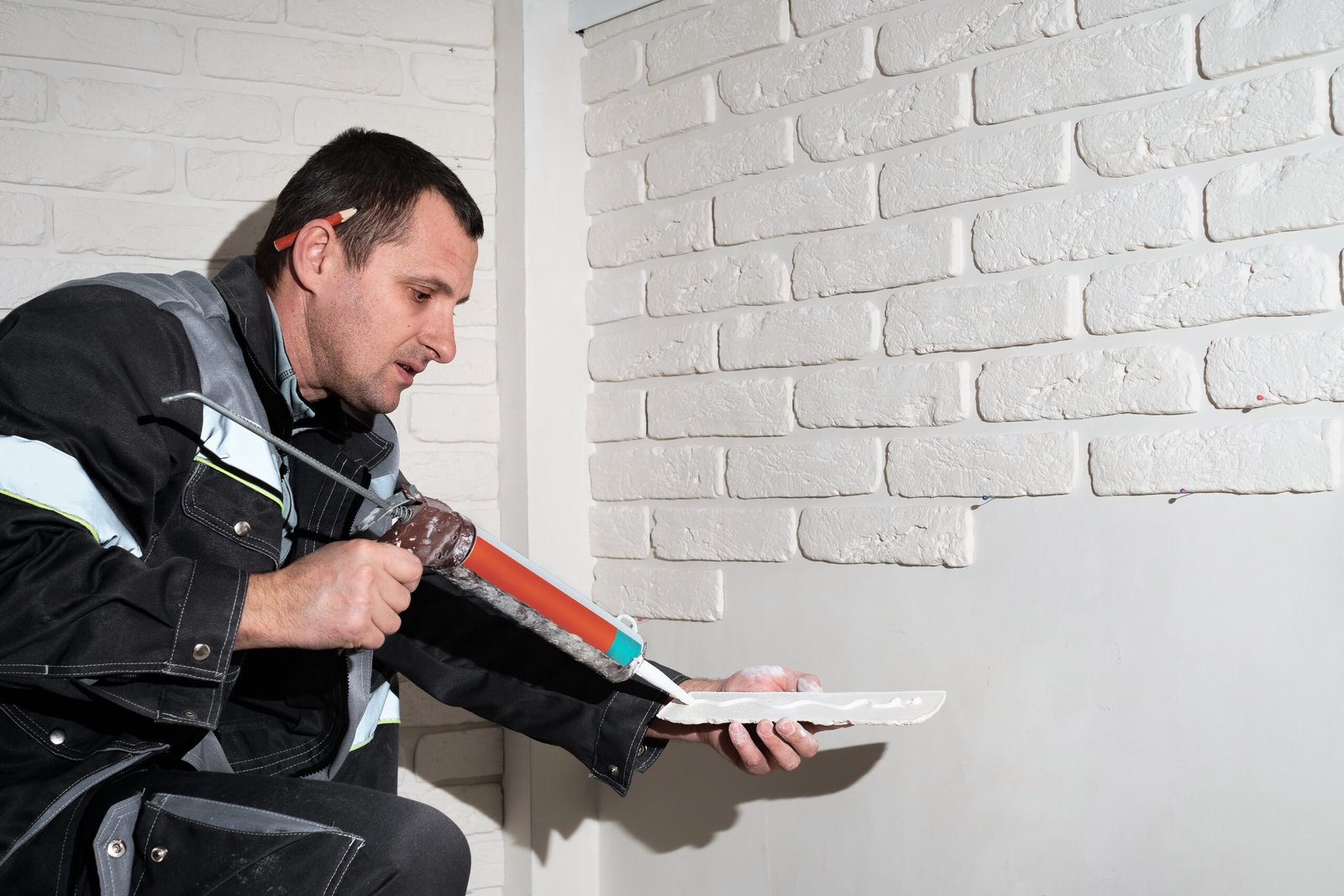Basements in Toronto are often at risk of water seepage, leaks, and damp conditions. Heavy rainfall, melting snow, and changes in soil pressure are common reasons for water entering the lower levels of a home. When not addressed, these problems can lead to mould, structural damage, and costly repairs that affect the comfort and safety of the entire household.
One of the most practical solutions is using interior basement waterproofing methods. Unlike exterior systems, these methods manage water after it has entered but before it causes significant harm. They are often quicker to install, less disruptive to the landscaping, and more budget-friendly, making them a trusted choice for many homeowners in Toronto.
Let’s explore the top five interior basement waterproofing methods that homeowners in the city rely on to keep their living spaces dry and safe year-round.
Table of Contents
Top 5 Interior Basement Waterproofing Methods Toronto Homeowners Trust
5 Interior Basement Waterproofing Methods
Why Interior Basement Waterproofing Works
Wrapping Up!
5 Interior Basement Waterproofing Methods
Interior Drainage Systems
Interior drainage systems are one of the most effective ways to control water in basements, especially when water frequently enters at the wall and floor joints.
- A trench is dug around the inside perimeter of the basement floor.
- Perforated pipes or drain tiles are placed in the trench to collect water as it seeps in.
- The collected water flows into a sump pump system, which removes it from the home.
Because this system captures water before it spreads across the floor, it provides long-term protection and reduces the risk of damage to flooring, furniture, and storage. Many Toronto homeowners trust this system for its reliability, particularly in older homes where foundation cracks and soil movement are common.
Sump Pump Installation
A sump pump is another widely used solution for interior waterproofing. It can work in conjunction with an interior drainage system or function as a standalone feature.
- A sump pit is dug at the lowest point of the basement, where water naturally collects.
- Water directed into the pit is automatically pumped outside, away from the home’s foundation.
- Many modern sump pumps include battery backup systems, ensuring they remain operational during storms when power outages often occur.
For homeowners in Toronto, where heavy rains and spring thaw can overwhelm older foundations, a sump pump is an essential line of defence. It gives peace of mind and ensures basements remain usable during unpredictable weather conditions.
Vapour Barriers and Wall Liners
Moisture does not only enter through floors; it often seeps through basement walls. A vapour barrier or wall liner is a simple but effective solution for this problem.
- A plastic or membrane liner is installed over the walls.
- It blocks water vapour from entering the living space.
- Any moisture behind the liner is directed into the basement drainage system.
This approach reduces dampness, prevents peeling paint, and lowers the risk of mould growth. It also improves air quality in the home by stopping excess moisture from spreading through the basement. Many homeowners include vapour barriers as part of their overall interior waterproofing plan.
Crack Injections
Foundation cracks are one of the most common causes of basement leaks. Crack injection is a fast and reliable solution.
- Polyurethane or epoxy is injected directly into the crack.
- Once it hardens, it seals the gap completely.
- The material remains flexible enough to withstand minor shifts in the foundation.
This method is valued for its efficiency. Instead of requiring major excavation or rebuilding, it targets the problem at the source. For Toronto homes with recurring but minor leaks, crack injections are often the first step in an interior waterproofing system.
Interior Weeping Tile Systems
Another trusted method is the installation of interior weeping tiles. These systems are especially useful for homes with ongoing or severe water issues.
- A series of perforated pipes is placed under the basement floor slab.
- The pipes collect groundwater that builds up beneath the foundation.
- The water is then directed to a sump pump for safe removal.
By relieving hydrostatic pressure around the home’s foundation, weeping tiles prevent water from forcing its way inside. For older Toronto homes with chronic leaks, this method provides a permanent solution. It also reduces the need for constant patch repairs.
Why Interior Basement Waterproofing Works
Interior solutions are popular because they address water problems directly inside the home, where homeowners notice them first. These systems manage leaks, redirect water, and protect living spaces from damage. Since many Toronto homes have limited space around the foundation, interior options are often more practical than exterior excavation.
For this reason, interior basement waterproofing is a dependable choice for homeowners who want both cost savings and effective protection.
Wrapping Up!
Toronto homeowners have several options to manage water problems in their basements. Interior drainage systems, sump pumps, vapour barriers, crack injections, and weeping tile systems are the top methods trusted for their effectiveness and reliability. Each one helps reduce the risks of mould, protect personal belongings, and extend the life of the home.When selecting a solution, it is essential to consider the source of the water, the age of the house, and the long-term maintenance requirements. For professional guidance and installation, homeowners can turn to Dryshield Waterproofing Toronto. With the right approach, a basement can remain dry, safe, and usable for years to come.
